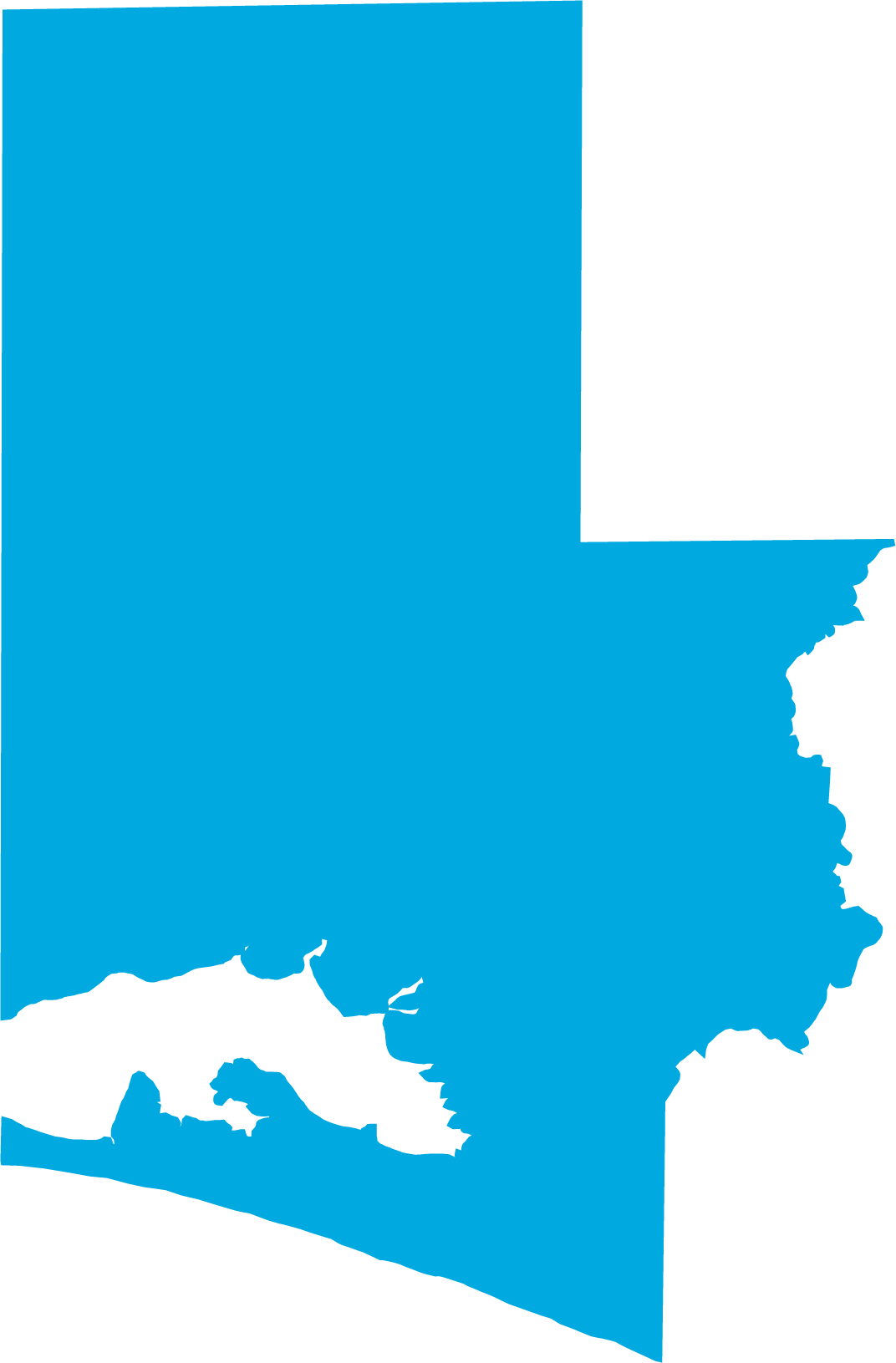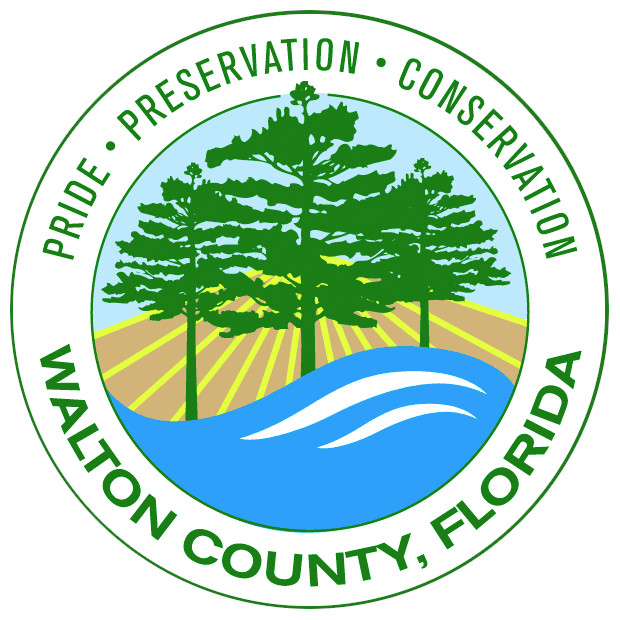County SealBritton HillBritton Hill in Northwest Florida's Walton County is the lowest state highpoint in the United States at only 345 feet above sea level. Britton Hill has its own history. Located in Lakewood Park near Paxton in Walton County's northwest corner, the lumber business and Chautauqua had early success nearby.
Vertical Divider
|
by Brenda Rees
Walton County, Florida was founded on December 29, 1824 and is fast approaching its 200th Celebration. The Walton County Countdown Celebration was started in 2004 by Brenda Rees and has been held each year since.
Walton County was named for George Walton, Jr., twice acting governor of the Territory of Florida, Secretary of State for the Territory of West Florida in 1821 and Secretary of State for the Territory of Florida from 1822 – 1826. Walton was of British heritage. His father, George Walton, was a Signer of the Declaration of Independence from Georgia. George Walton, the signer, died in 1804 and is buried in Augusta, Georgia. George Walton, Jr. moved to Florida in 1821 with his family including his mother Dorothy Walton, wife Sarah Minge Walker Walton, son Robert Walton, and daughter Madame Octavia Walton Le Vert. Walton moved from Florida to Mobile, Alabama in 1836 where he soon became mayor. Some early books do not mention Octavia and only refer to Walton as Jackson’s secretary. The next year after Walton County was founded, South Walton left and became part of Washington County and did not return until 1913. However, Walton County did have an outlet to the Gulf as Camp Walton and nearby pass was within its borders between 1851 to 1913. Some Walton history books erroneously report that Walton didn’t have gulf access until 1913. Of course, in 1824 when founded, Walton County had a very large Gulf of Mexico border. Walton County’s first two land grants in 1828 were to Hardy Wood of Alaqua and Catherine McLennon of Big Branch and were signed by President John Quincy Adams. Then, in 1829, about 33 others received land grants signed by then President Andrew Jackson. Alaqua was the early county seat before Eucheeanna. Even though the Eucheeanna Courthouse later burned, these US land grants were in national files so perhaps early writers just didn’t know. Many of the first, early leaders lived in Alaqua and had land grants there. There was a Post Office and the stage coach stopped in Alaqua. Henry Marie Brackenridge, Judge of West Florida, was among these 1829 Walton County land grant recipients. Further, the Military Road Brackenridge helped establish went to Alaqua and remnants are still visible. His property is near the Alaqua United Methodist Church established in 1827. A number of othr churches established early in Walton County such as the Baptists, Presbyterians, and Episcopalians. The Florida Territorial Papers give accounts of Walton County including the establishment of Alaqua as a county seat. These official papers also reveal an unsettled and sometimes violent relationship with local native peoples. No mention of some other stories have yet been noted in any official papers or documents. When Henry Marie Brackenridge fell out of favor with Jackson he lost his judgeship. It was around this time in 1833 that Eucheeanna made its move to take over from Alaqua as county seat. After the courthouse burned in Eucheeanna, the county seat was moved to DeFuniak Springs. Walton County only has three incorporated cities, DeFuniak Springs, Freeport and Paxton. All the rest are historic communities or resorts. Freeport was incorporated in 1968 with little opposition because it needed a firetruck. Currently, some in South Walton are exploring incorporation. |
Page Credits:
Photographs : Brenda Rees
Photographs : Brenda Rees




